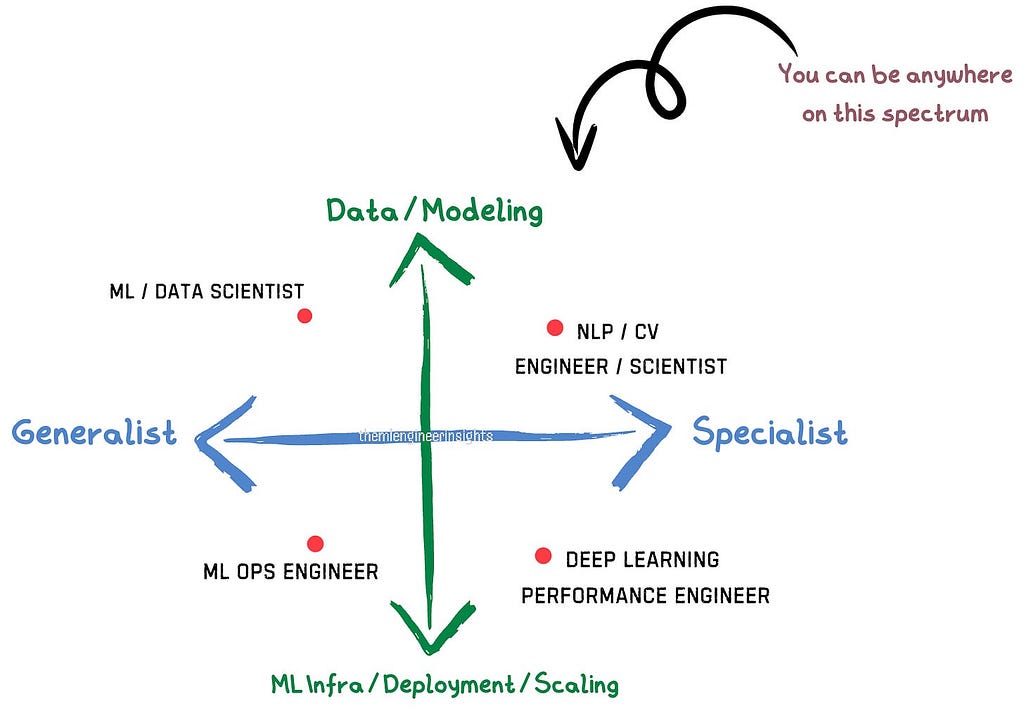UK's CMA investigates Amazon's $4bn investment in Anthropic, part of tech tie-up probe. Preliminary inquiry precedes potential in-depth review.
PMs must take ownership of AI product outcomes, not blame developers. Hands-on approach crucial for successful AI models, requires more effort and understanding.
Decision trees can be more accurate and interpretable with a new technique, enhancing their performance. Interpretable AI research focuses on making decision trees more effective and accurate at smaller sizes.
Dimitris Bertsimas appointed vice provost for open learning at MIT, aims to transform teaching with digital technologies worldwide. Bertsimas, a renowned professor in optimization and machine learning, will oversee MIT Open Learning's diverse product offerings.
Twilio partners with AWS to develop a virtual assistant for data analysts, using Amazon Bedrock and RAG for natural language-driven data exploration. Twilio's AskData tool saves time by converting user questions into SQL queries, enhancing efficiency and ease of use for data analysts.
Article summary: Learn how to use LightGBM for anomaly detection by normalizing and encoding data, creating an autoencoder with multiple regression modules to predict input vectors, and identifying anomalies for reconstruction error analysis. Engaging math teachers inspired a career in math and computer science, with fictional professor characters from classic science fiction movies highlighted.
Google DeepMind unveils AI-powered robotic table tennis player, showcasing potential for machines to master complex physical tasks. Named "AlphaPong," the system wins 45% of matches against humans, marking a milestone in robot learning and control.
Investors face consequences as the AI bubble bursts, billions lost in tech stock market slide. OpenAI's ChatGPT chatbot reaches 100 million users in two months, fueling boom and unicorn status for 200+ AI startups.
Polars challenges pandas in Python data processing with superior performance, leveraging Rust for parallel processing. Polars shows potential to outperform pandas by 25x, but requires more vCPUs for optimal speed.
Artificial intelligence sparks panic, but real threat is falling for the hype. OpenAI's ChatGPT brings AI closer to intelligence, ushering in transformative societal shift.
Decoding ML job roles is key to interview success. Understanding spectrum of roles can refine strategy and boost confidence.
AI chatbots and virtual assistants leverage large language models (LLMs) with memory components to enhance customer experiences and optimize business processes. Retrieval Augmented Generation (RAG) and reranking techniques improve chatbot responses by incorporating external knowledge for more relevant and knowledgeable interactions.
Summary: Reinforcement learning explores adapting to diverse environments with temporal difference algorithms. One-step TD and MC methods share similarities, leading to the generalization of n-step Bootstrapping.
Key figures at OpenAI, including president Greg Brockman, are taking sabbaticals or leaving for rival Anthropic, raising questions about the company's progress towards AGI. The departures prompt speculation on the proximity of a breakthrough in reasoning AI, as high-profile employees exit the ChatGPT maker.
AI Engineers and Applied Data Scientists are adapting to the changing landscape of prompt engineering and the rise of action-driven AI. The introduction of RAG and open-source models like Semantic Kernel are reshaping the roles, requiring new skills for optimal performance.















